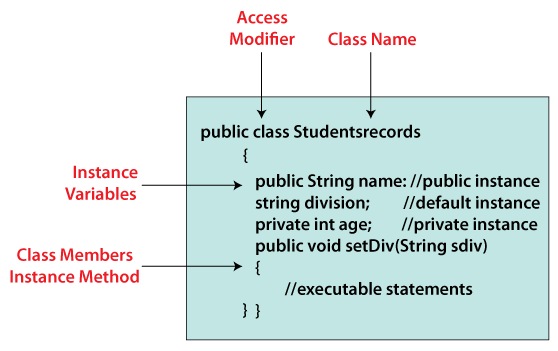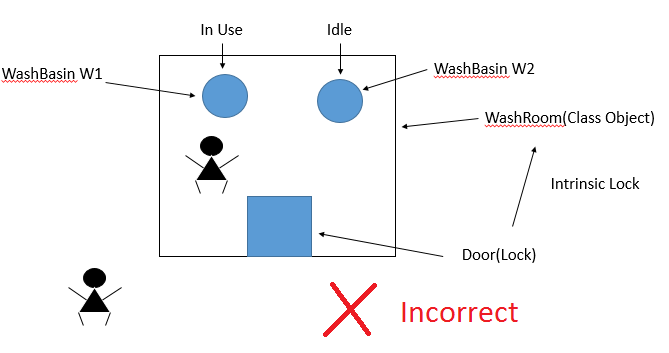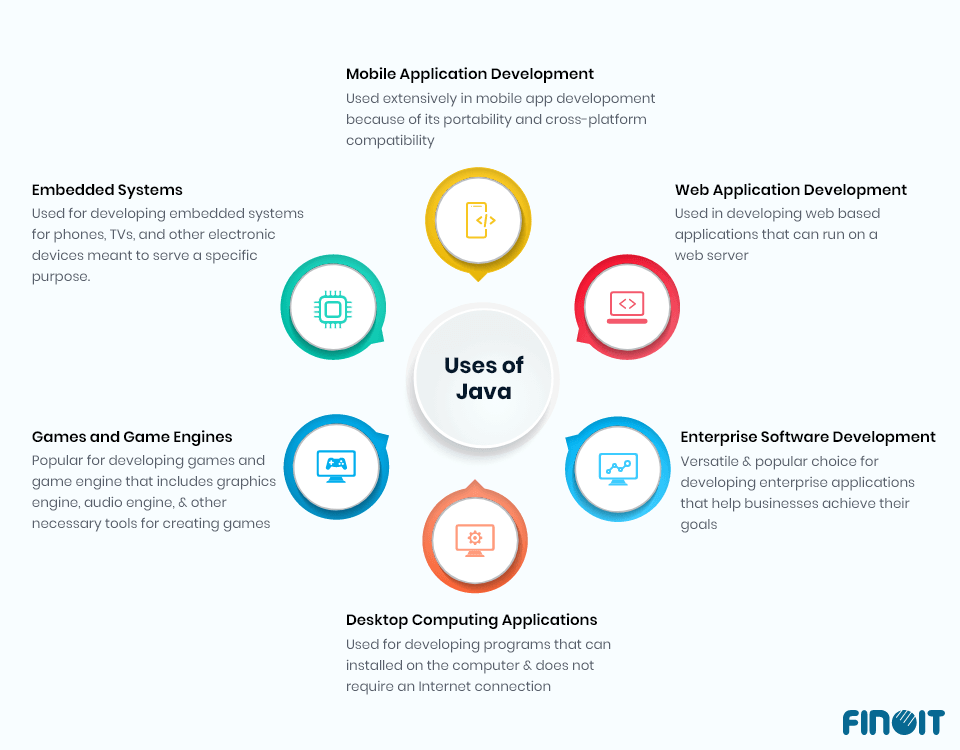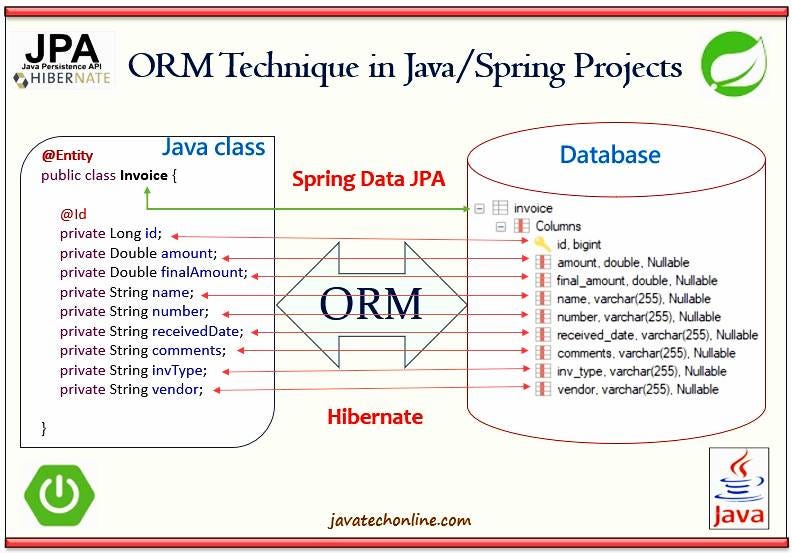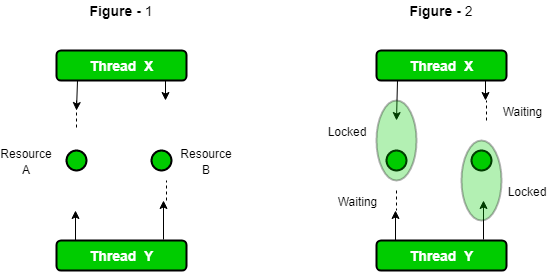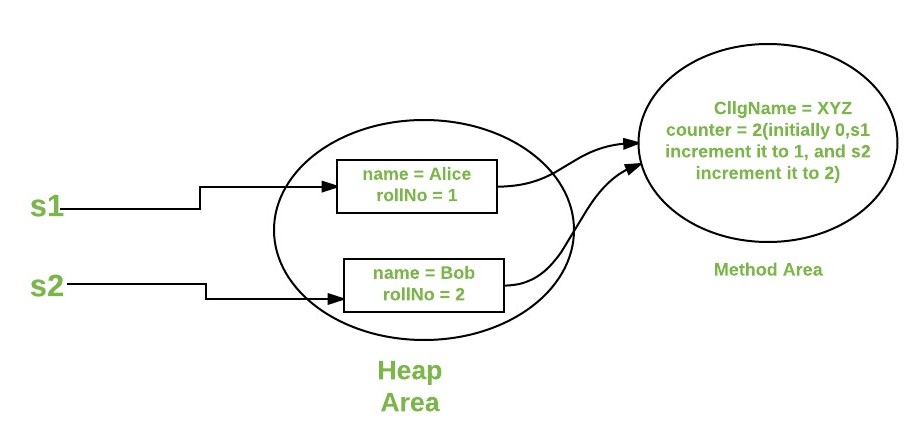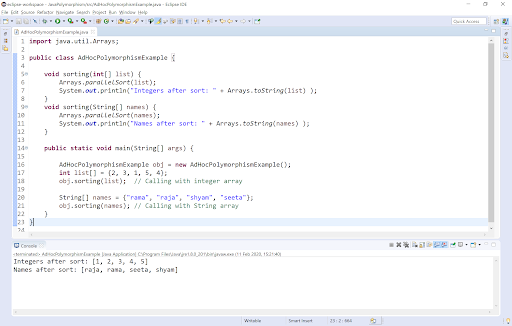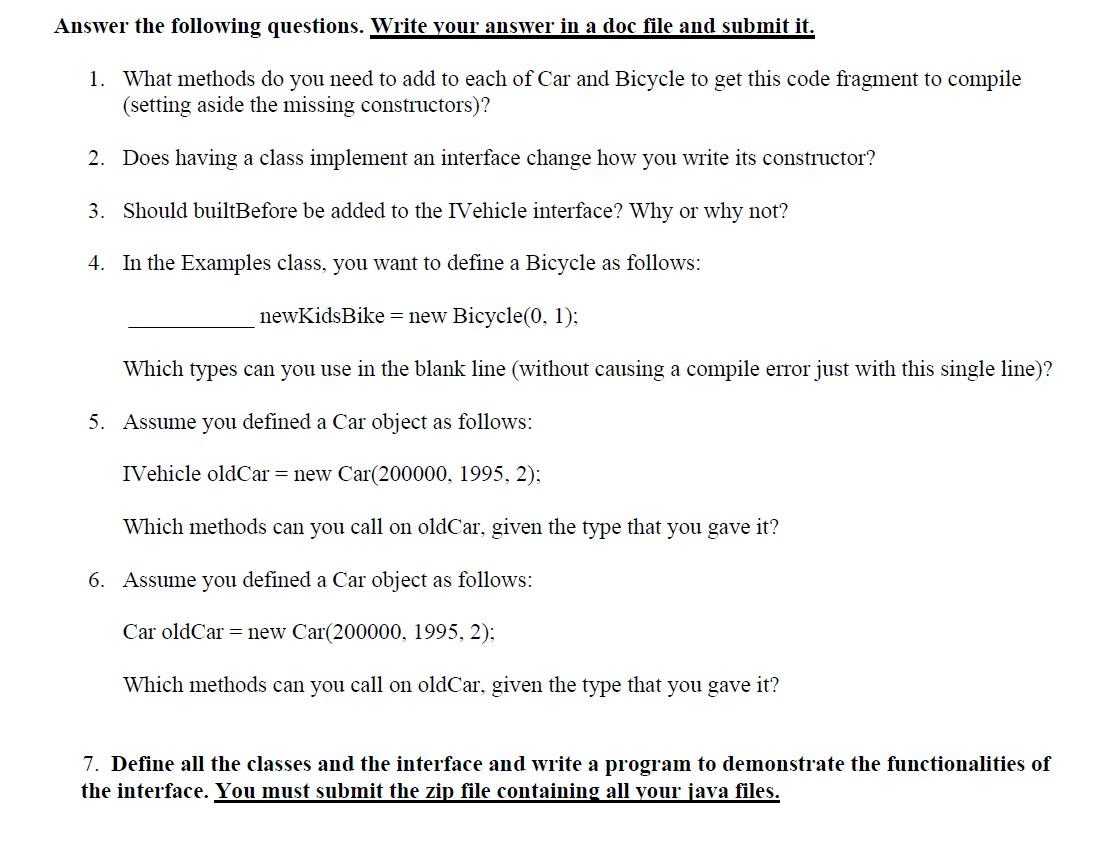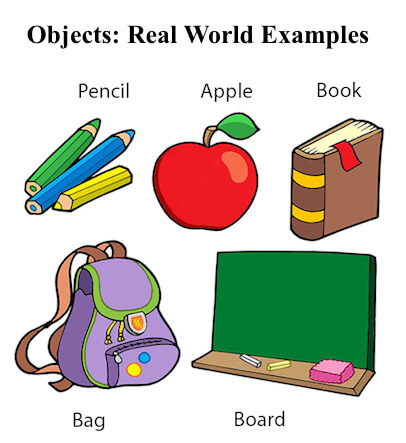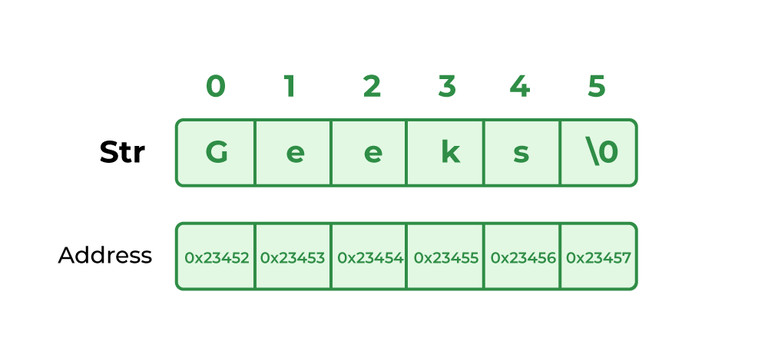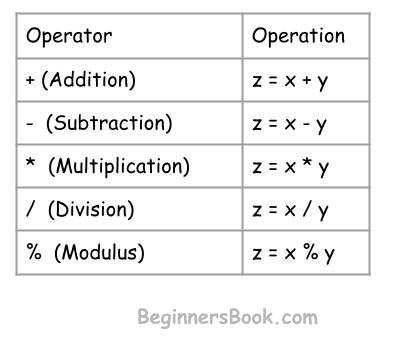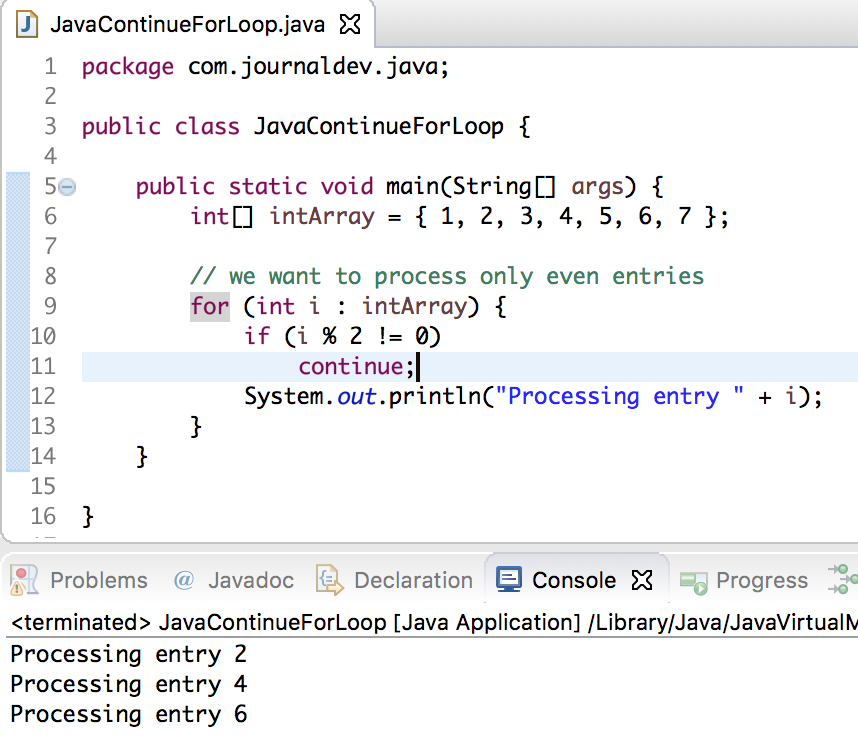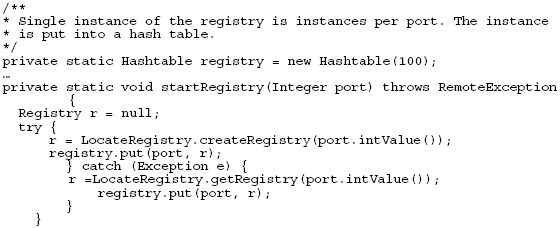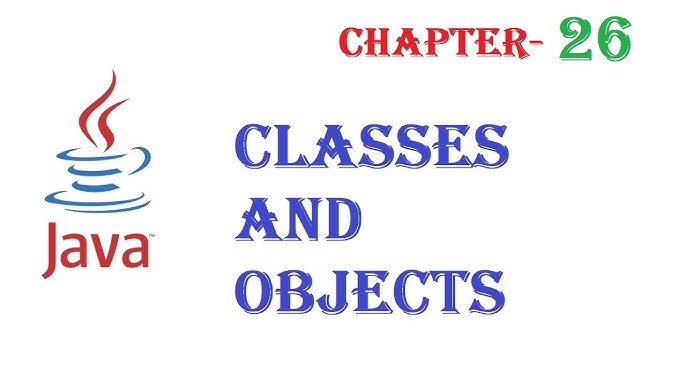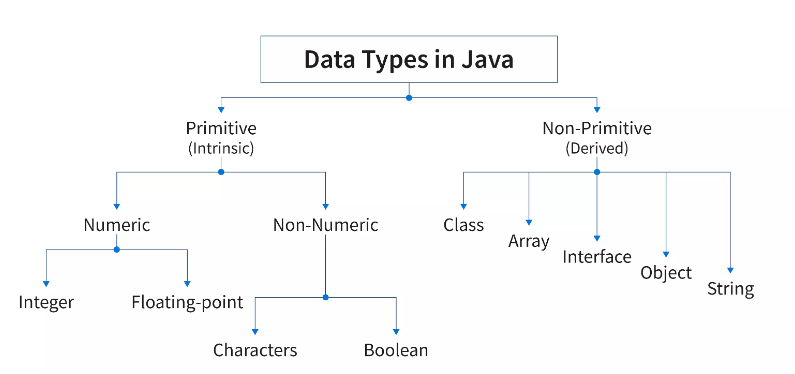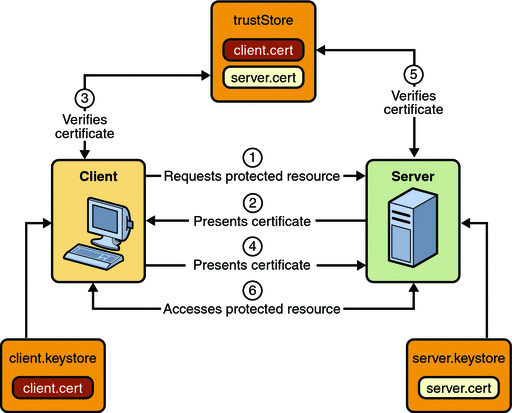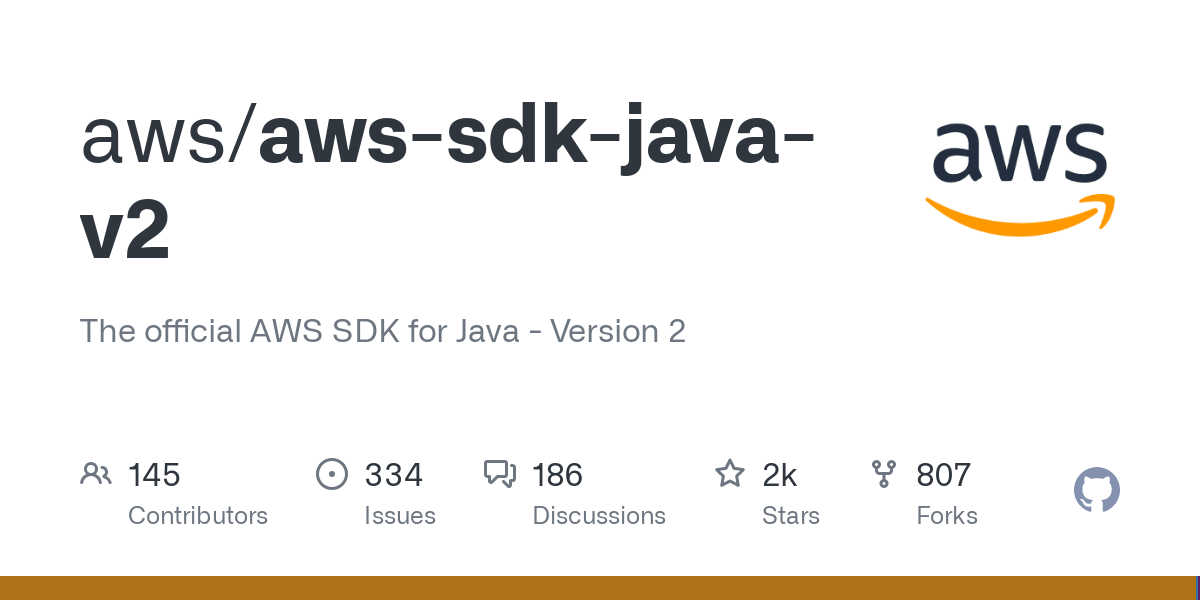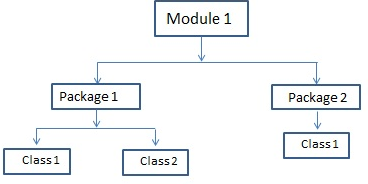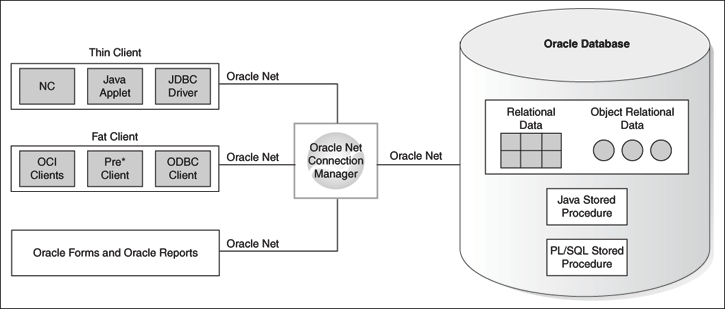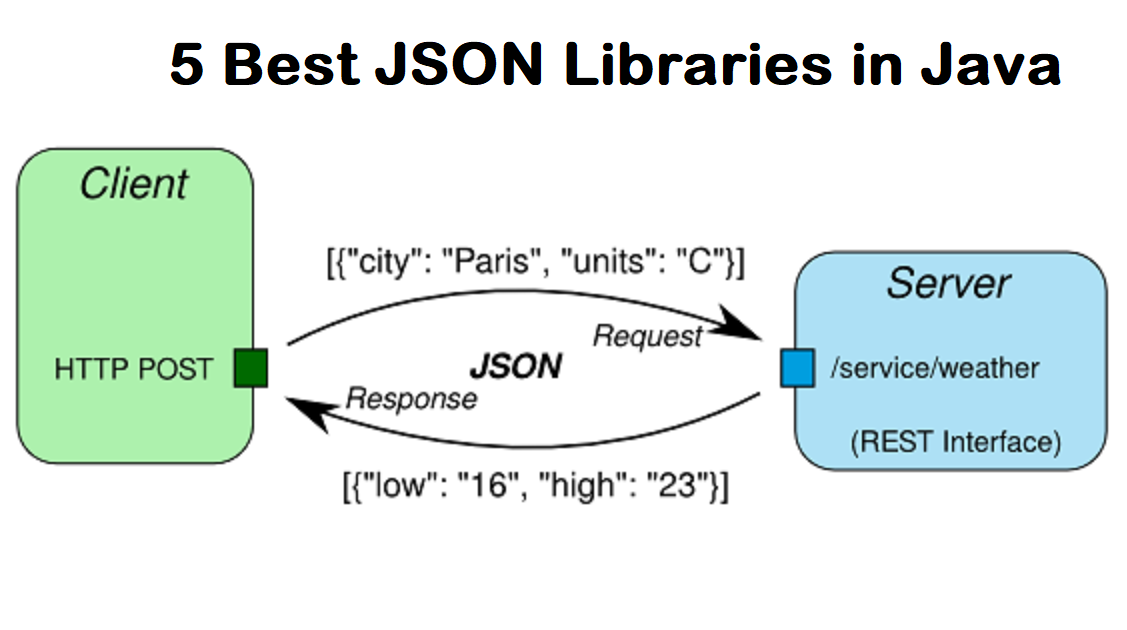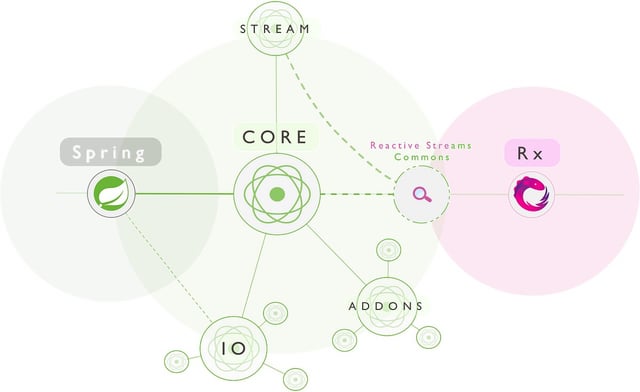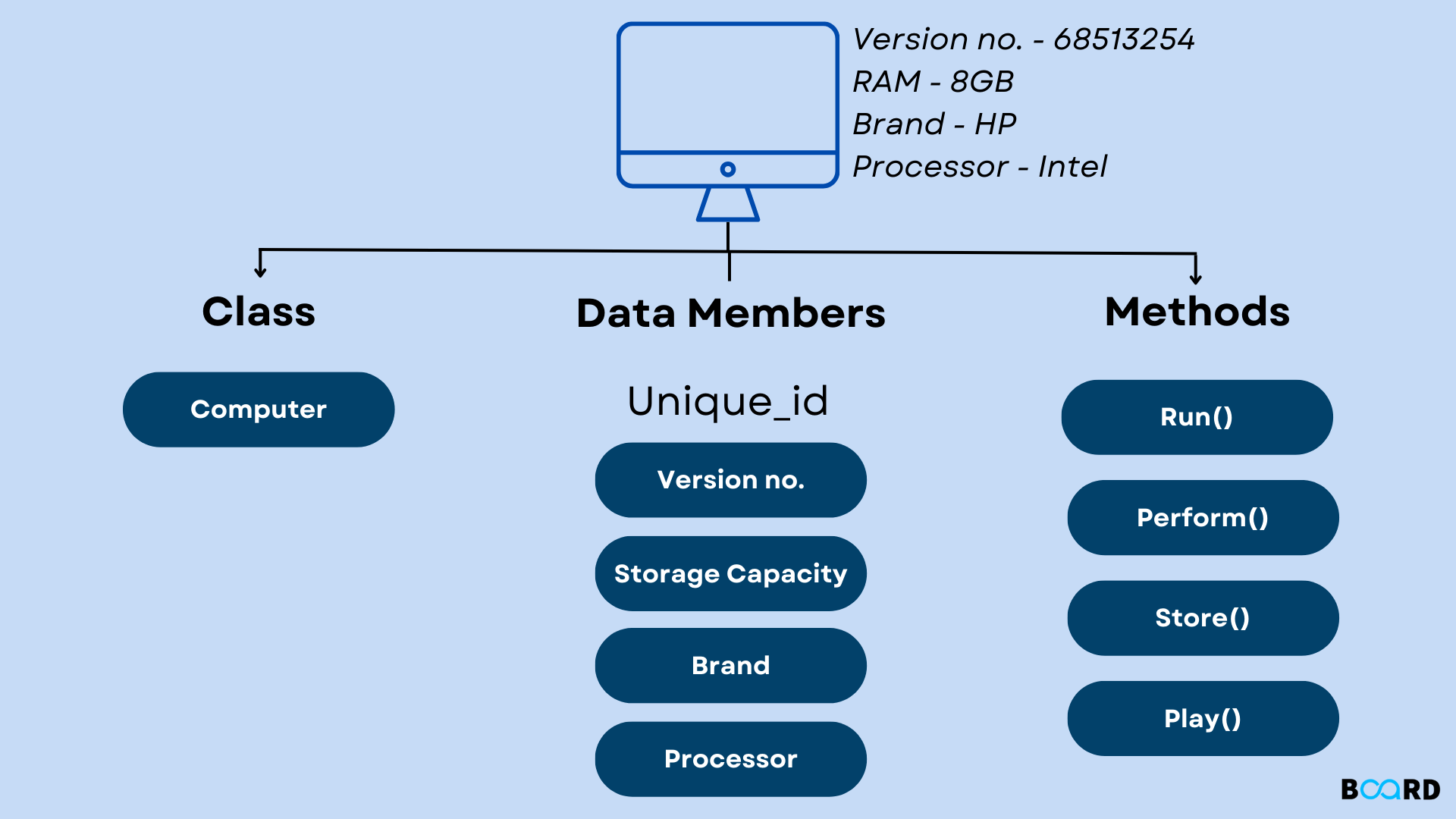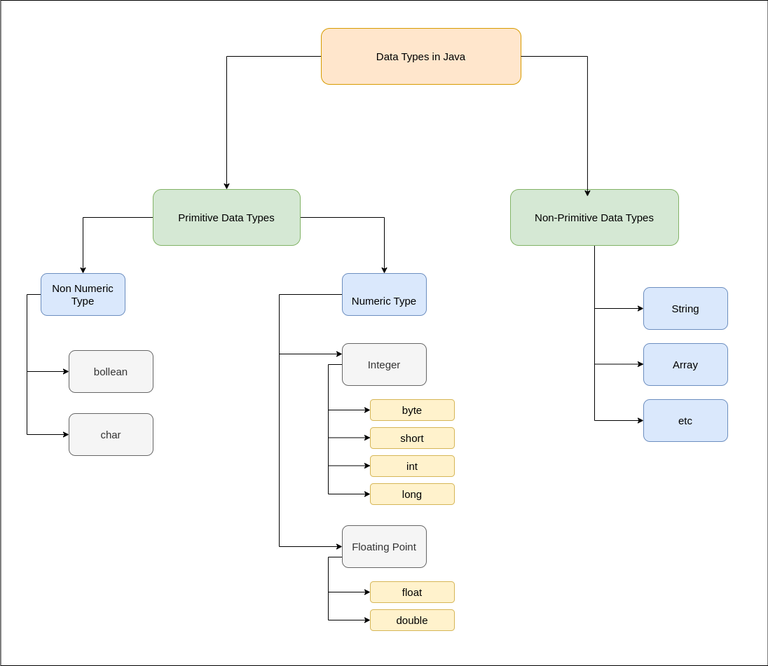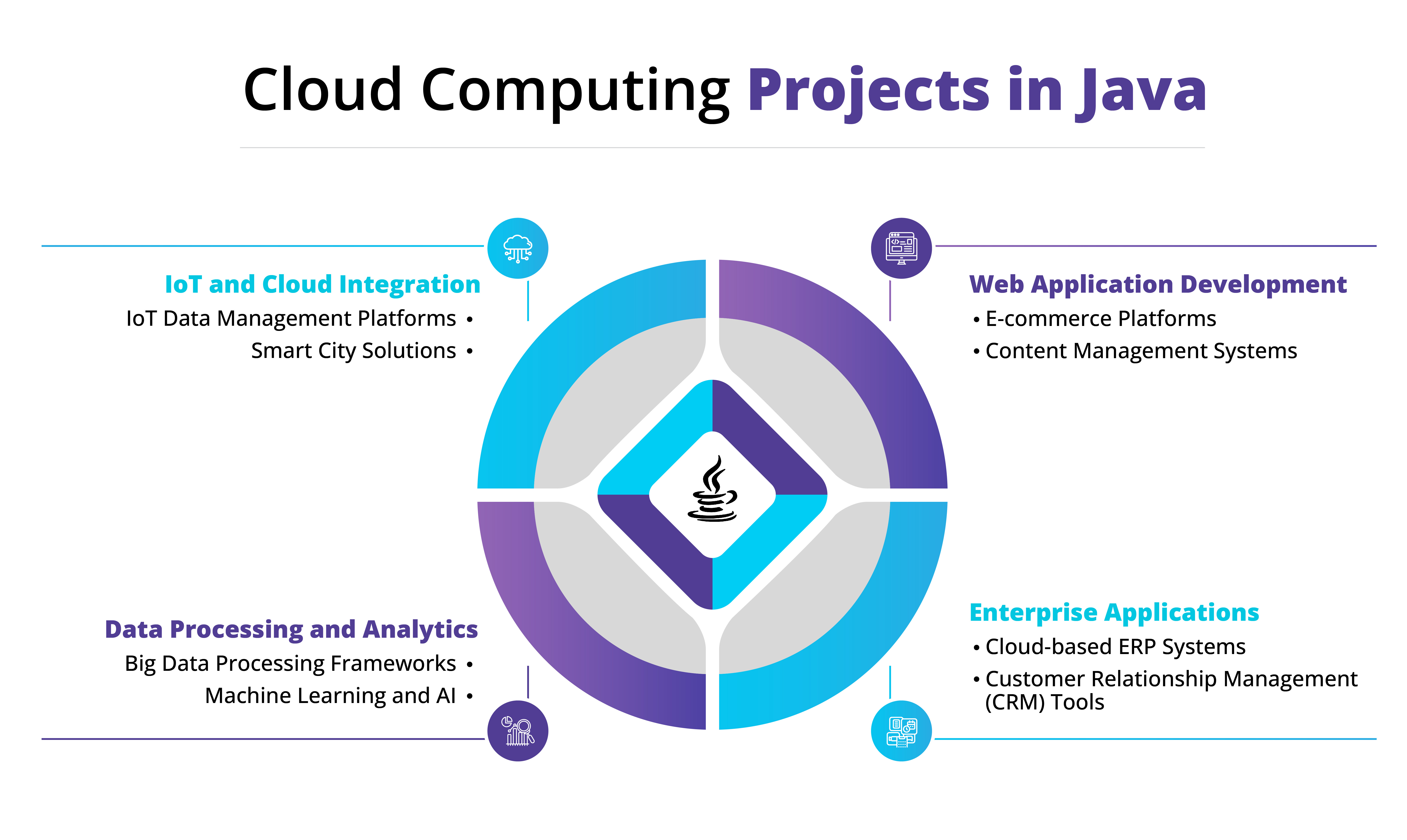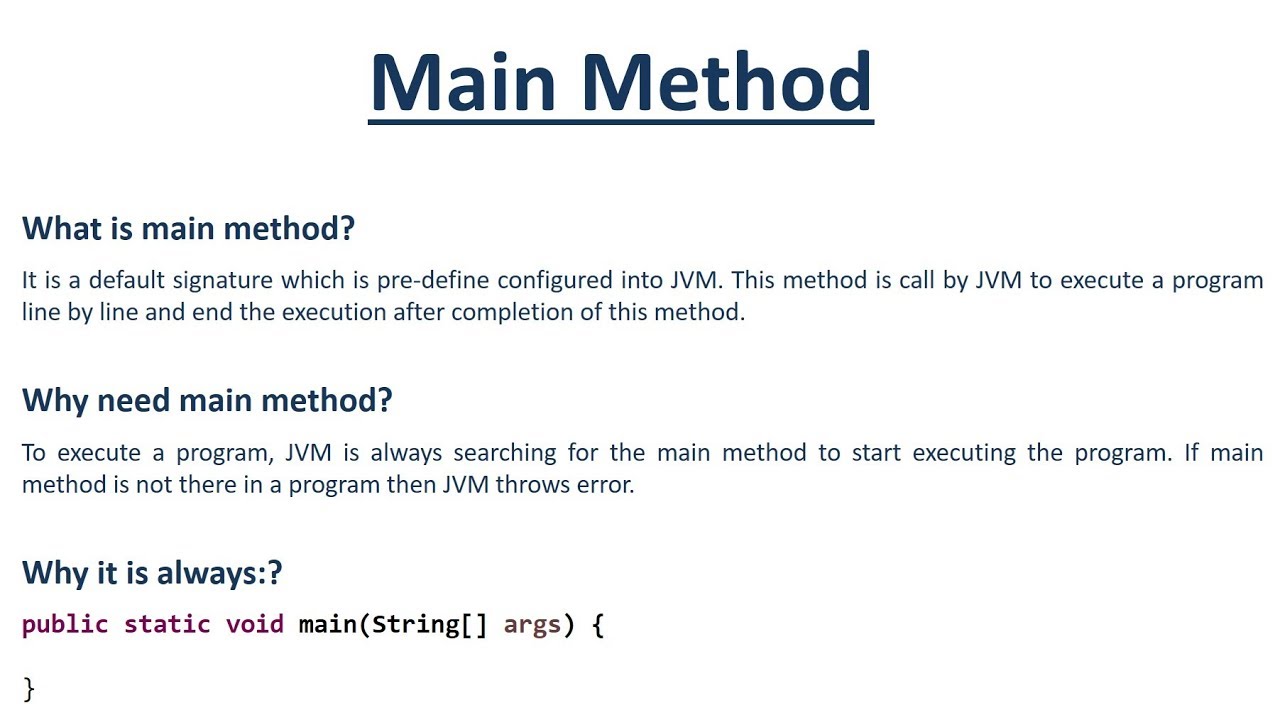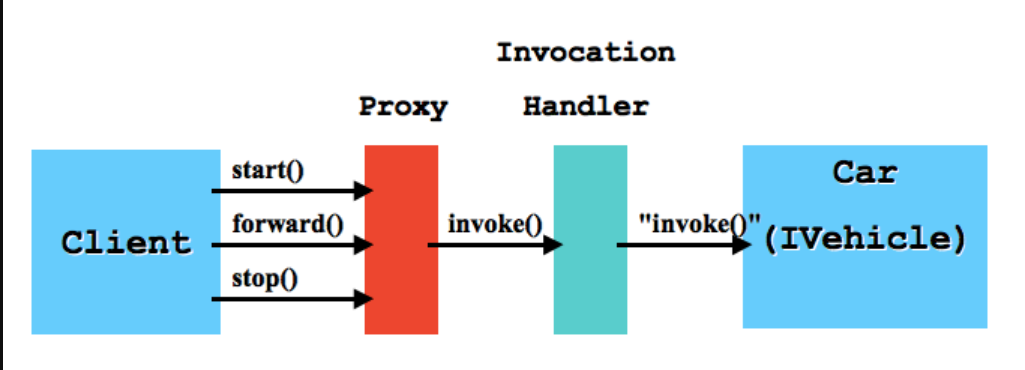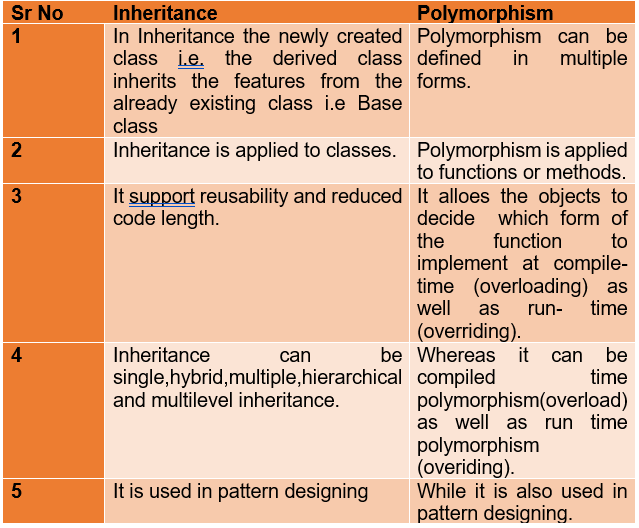What is the difference between primitive and reference data types in java example
What is the difference between primitive and reference data types in java example
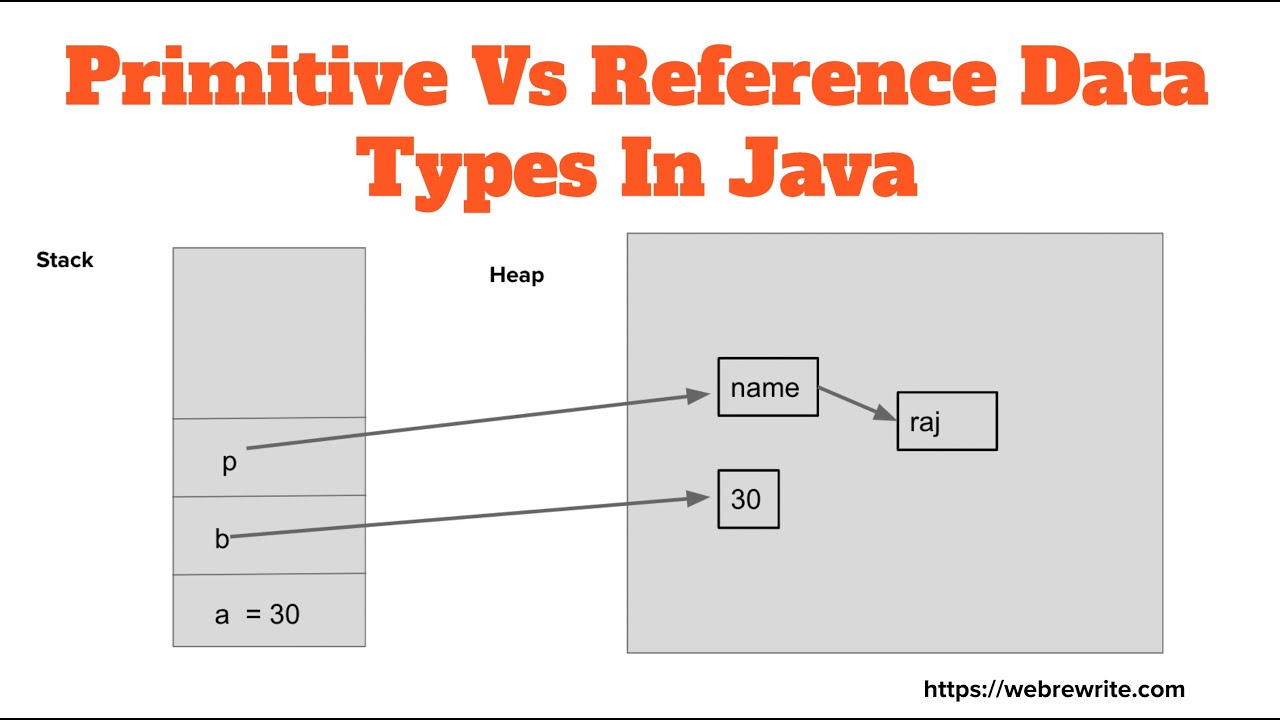
I'll make sure to respond in English!
In Java, both primitive and reference data types are fundamental concepts that help developers create programs with varying levels of complexity. Understanding the differences between these two types of variables is crucial for writing efficient and effective code.
Primitive Data Types:
Primitive data types, also known as built-in or simple data types, are the basic building blocks of Java programming. These data types are predefined by the language and include:
Boolean:boolean (true or false) Byte: byte (8-bit signed integer) Char: char (16-bit Unicode character) Short: short (16-bit signed integer) Int: int (32-bit signed integer) Long: long (64-bit signed integer) Float: float (32-bit floating-point number) Double: double (64-bit floating-point number)
Primitive data types are:
Stored in memory as a single value Do not have methods or constructors Can be manipulated directly using operators and assignment statementsExample: int x = 10;
Reference Data Types:
Reference data types, on the other hand, are more complex and are used to represent objects. These include:
Array: An ordered collection of values of the same primitive data type. Class: A user-defined data type that can have methods, constructors, and fields (data members). Interface: A reference data type that defines a set of abstract methods.Reference data types are:
Stored in memory as a pointer or a reference to an object Can be manipulated using methods, constructors, and operatorsExample: String name = "John";
Key Differences:
Memory Storage: Primitive data types are stored as single values, while reference data types are stored as pointers or references to objects. Methods: Primitive data types do not have methods, whereas reference data types (like classes and interfaces) can define methods. Mutability: Primitive data types are immutable by default, whereas reference data types (like arrays and objects) can be modified after creation. Assignment: When assigning a primitive data type to another variable, the value is copied. For reference data types, only the pointer/reference is copied.To illustrate this difference, consider the following code:
int x = 10;
int y = x; // copies the value of x
String s1 = "Hello";
String s2 = s1; // copies the reference to s1
s2 += " World"; // modifies the object referred by s2
System.out.println(s1); // prints "Hello" (original string)
In summary, primitive data types are simple, built-in data types that can be manipulated directly, while reference data types are more complex and represent objects or arrays. Understanding the differences between these two types of variables is essential for writing robust and efficient Java code.
What is reference data types in Java
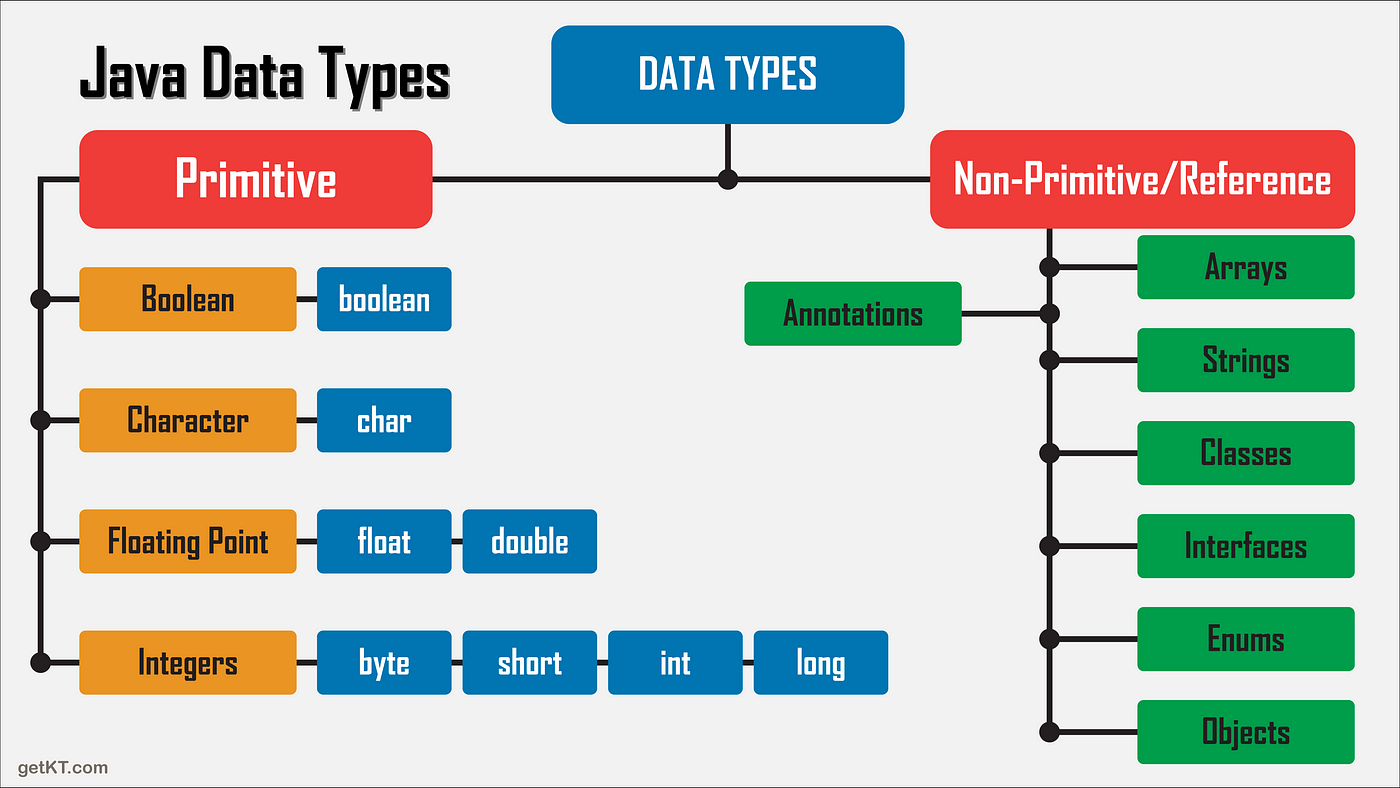
I'm happy to help!
Reference data types in Java are a type of primitive data type that stores a reference to an object rather than the actual value itself. These types of data are used to store objects, which can be thought of as variables that hold a memory address or a pointer to the location in memory where the actual data is stored.
In Java, there are four built-in reference data types:
Class: A class is a blueprint for an object that defines its properties and behavior. It is a user-defined data type that can be used to create objects of the same type. Interface: An interface is a abstract data type that specifies a contract that must be implemented by any class that implements it. It provides a way to define a set of methods without providing an implementation for them. Array: An array is a collection of elements of the same data type stored in contiguous memory locations. In Java, arrays are reference types because they store references to the actual elements rather than the elements themselves. String: A String is a sequence of characters enclosed in double quotes ("") or single quotes (''). It is an immutable reference type that can be used to store text data.Reference data types have some key characteristics:
They are stored on the heap, not the stack like primitive data types (integers, booleans, etc.). They require a certain amount of memory to store, which can vary depending on the size and complexity of the object. They can be manipulated using methods provided by the Java API, such astoString() or equals(). They can be passed as arguments to methods, returned from methods, and stored in variables just like any other data type.
The main advantage of reference data types is that they allow for greater flexibility and complexity in programming. For example, you can define your own classes with complex behaviors and relationships between objects, which can be used to model real-world situations or simulate systems.
In contrast, primitive data types are simpler and more lightweight, but are limited in their ability to represent complex data structures. Reference data types are essential for building robust and scalable software applications, and are a fundamental part of the Java programming language.
I hope this helps!


